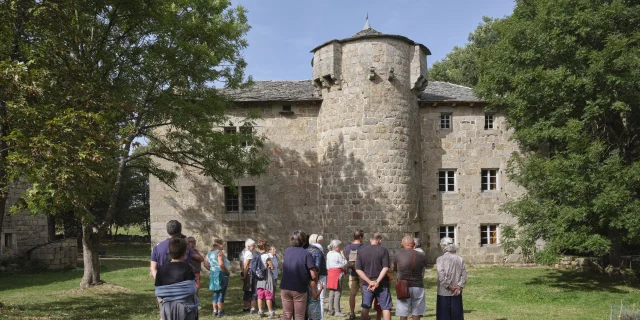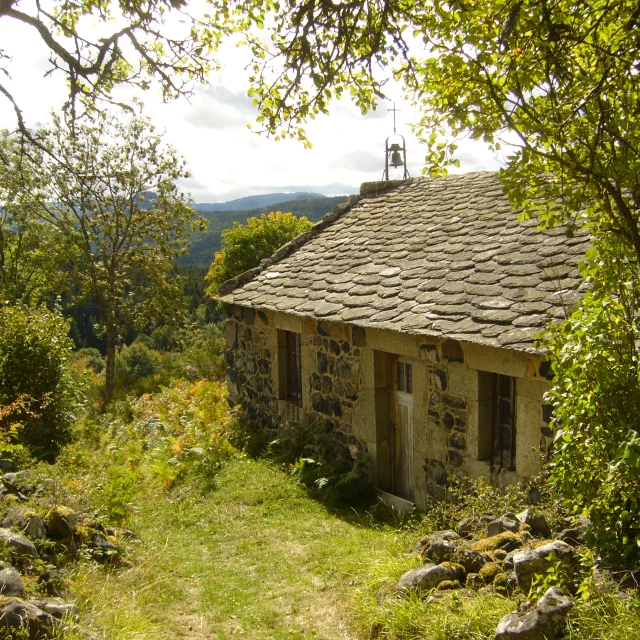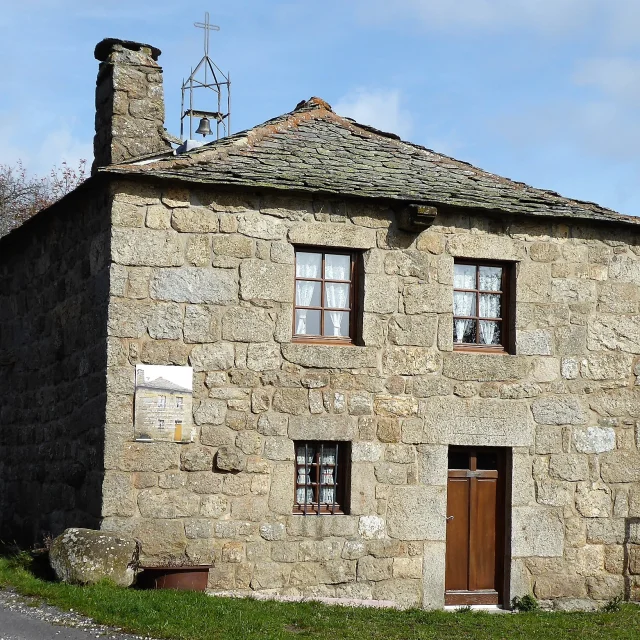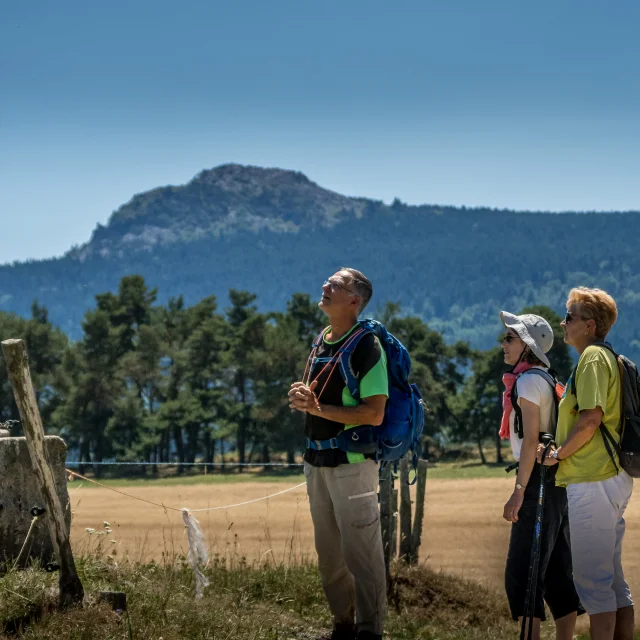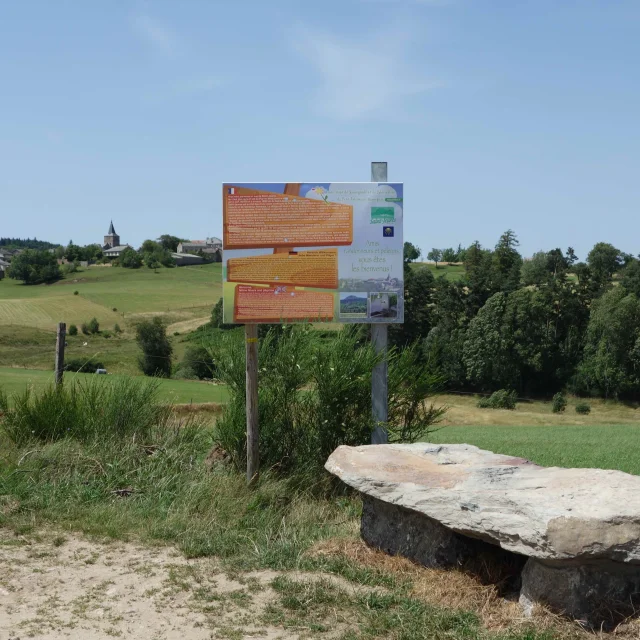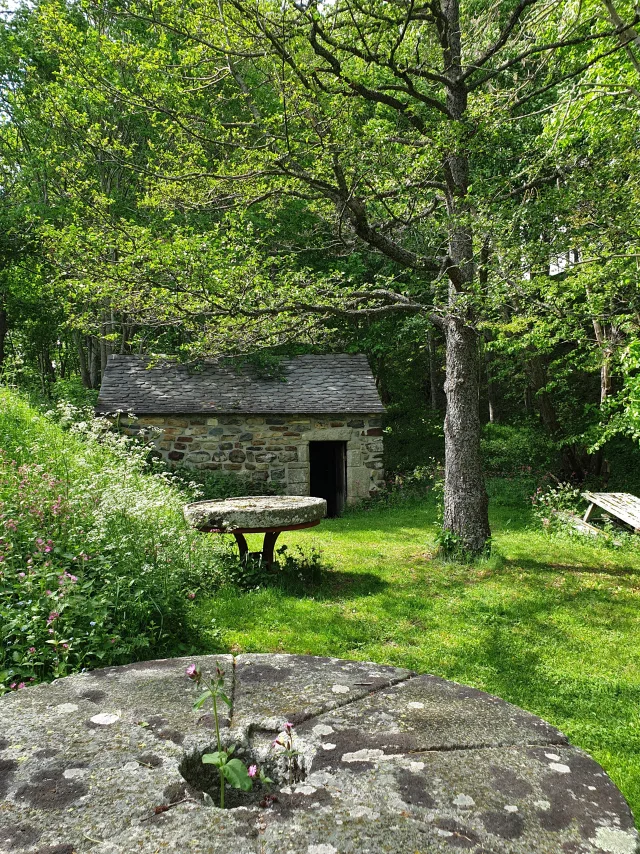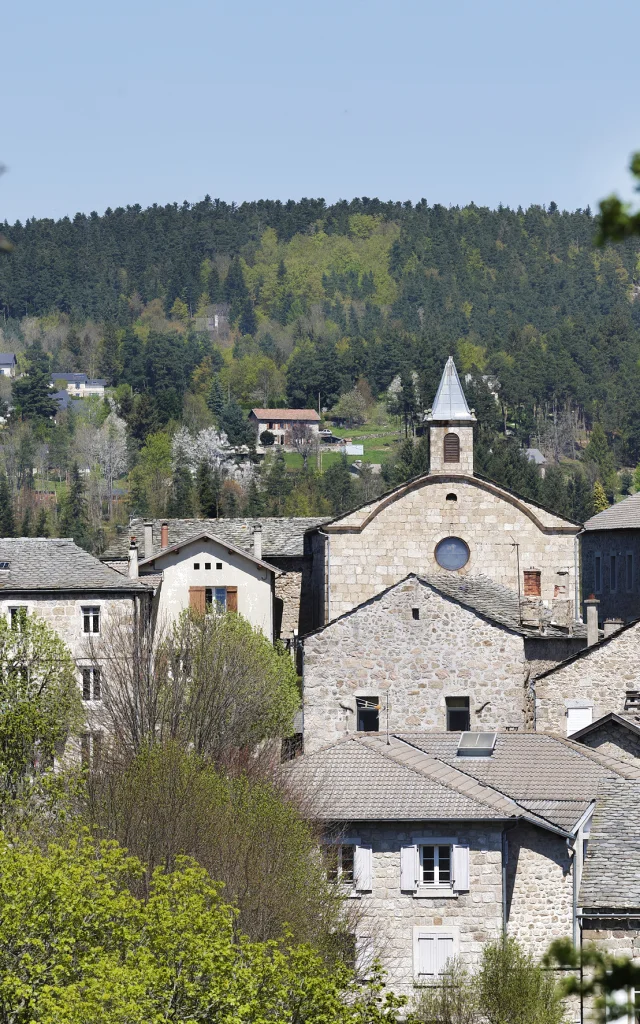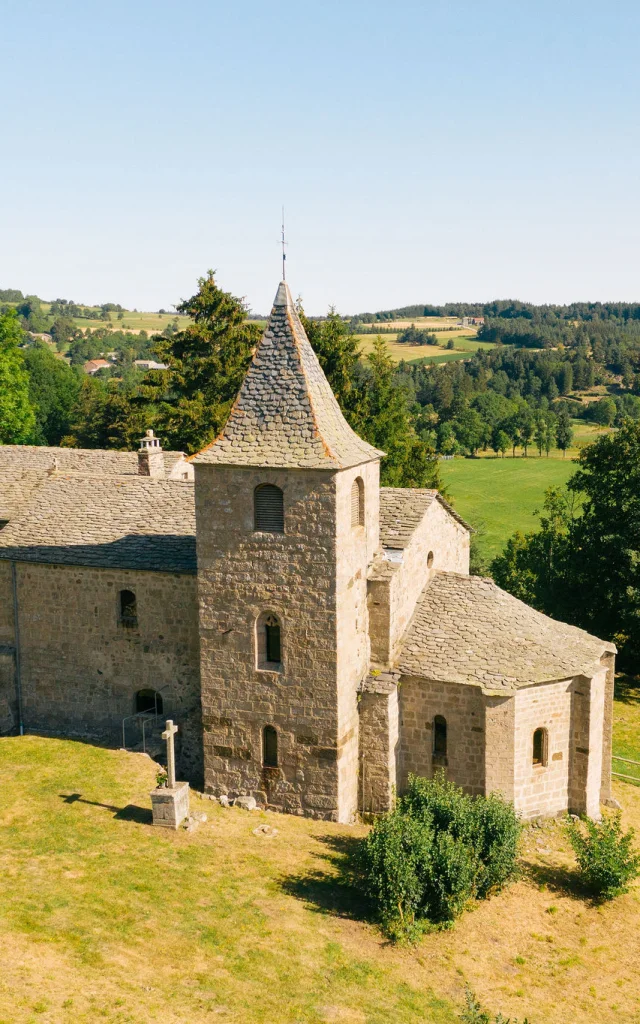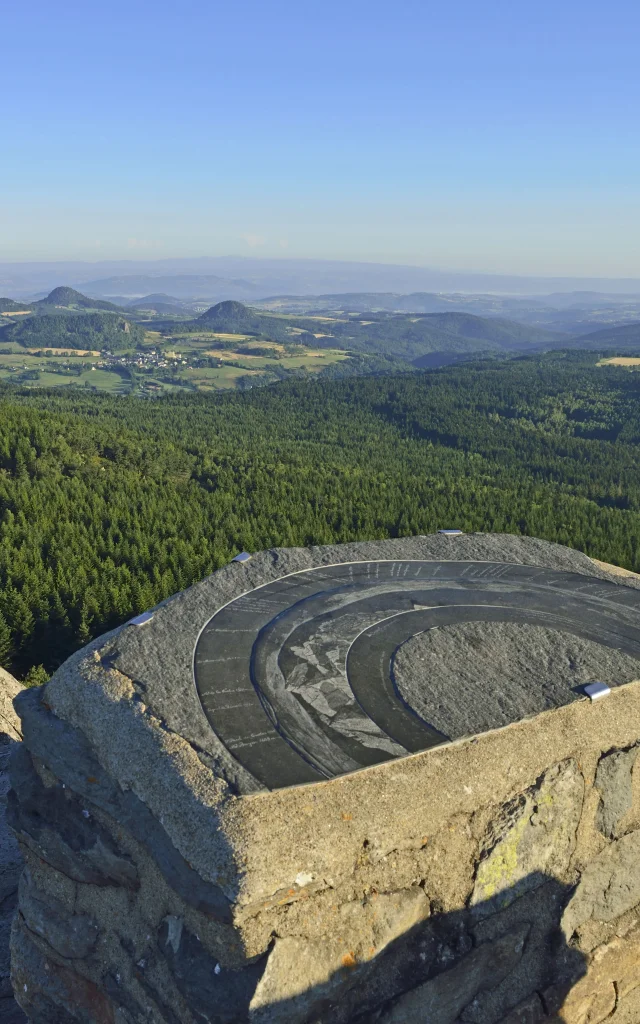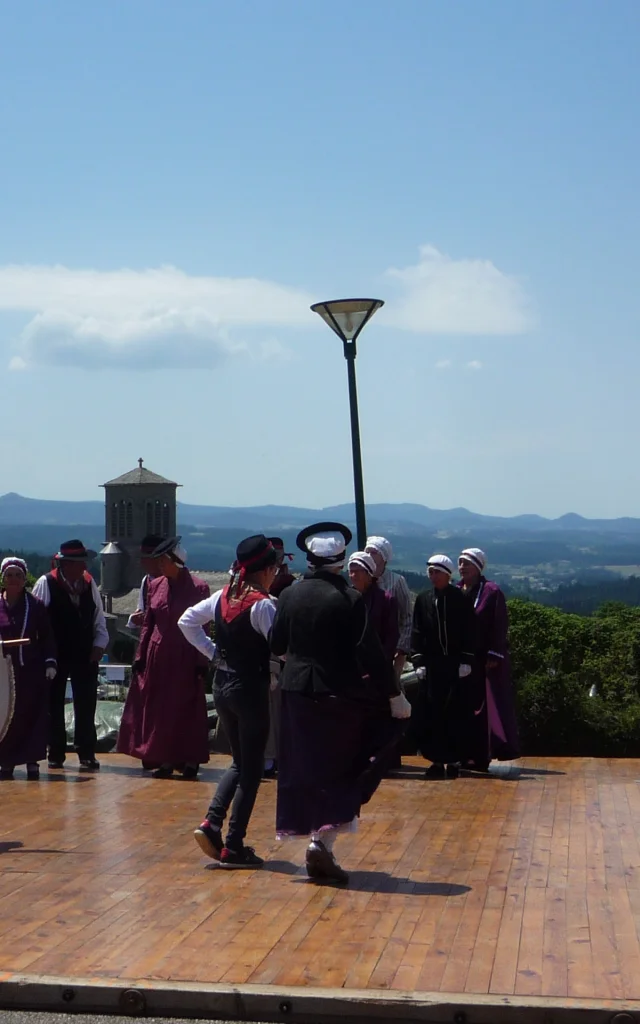What a story!
From the 10th century onwards, the region was covered by a sparse network of fortified castles. They were erected by the powerful families of the time to protect and exploit the rural population scattered in hamlets or villages created around agricultural property.
Over the following centuries, most of these fortresses fell into ruin, never to be rebuilt. Some were transformed into simple guardhouses, which in turn were razed to the ground during the religious wars of the 16th century.
In the shadow of these castles, under their protection or the protection of religious orders, small castles appeared, noble fiefdoms designed to maintain public order (justice, finance).
These small castles were most often built in the 16th century, at the center of a large rural estate.
These strongholds were designed to prevent and repel attacks by small bands, and were used as permanent homes or summer residences. Owners were usually middle-class families enriched by trade or crafts, seeking to join the gentry.
Most often equipped with a tower, machicolations or watchtowers, and outbuildings for the farmhouse, they bear witness to the lifestyle of the local gentry from the 17th century onwards.
 Chateau De La Borie 4 @jm Vidal
Chateau De La Borie 4 @jm Vidal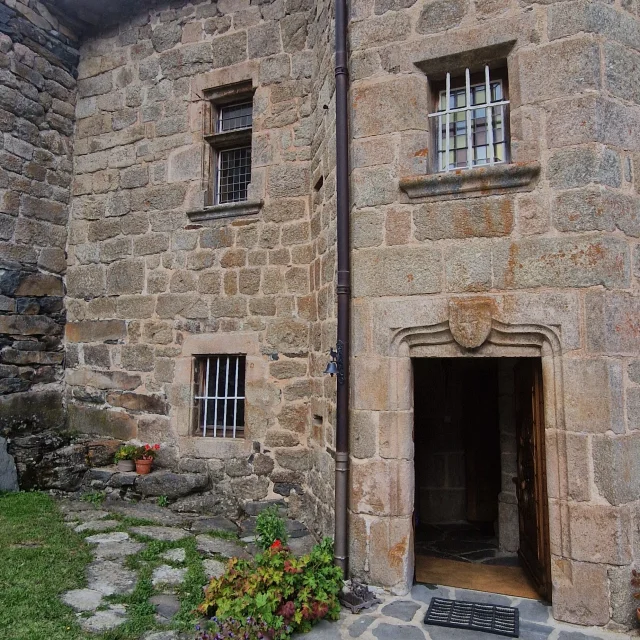 Les Changeas fortified house
Les Changeas fortified houseWith IZI travel, an app for visiting 20 fortified houses and castles on the Vivarais Lignon plateau, the association Patrimoine en Vivarais Lignon guides you…
The Maisons fortes are open to the public during the European Heritage Days in September.
